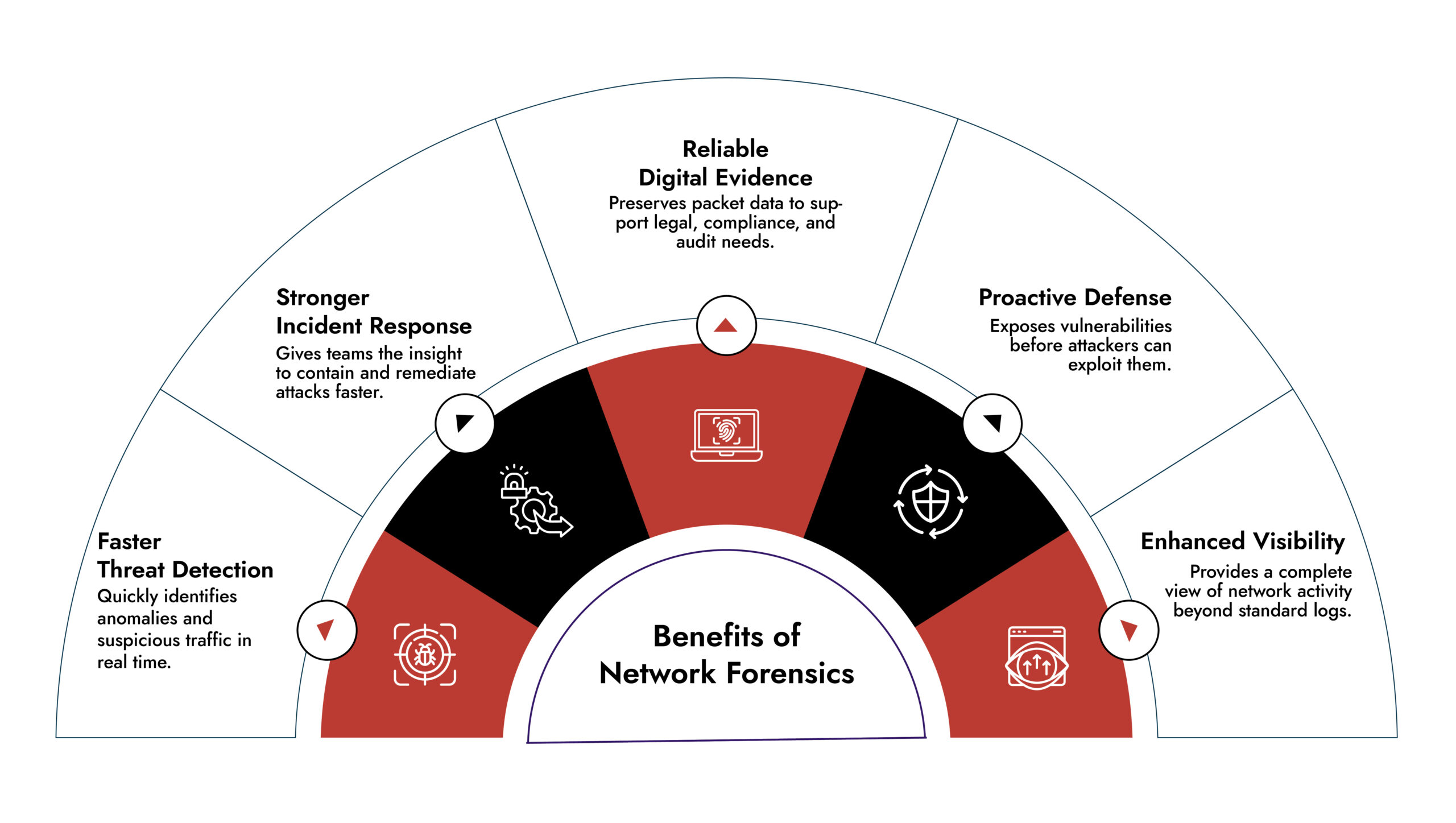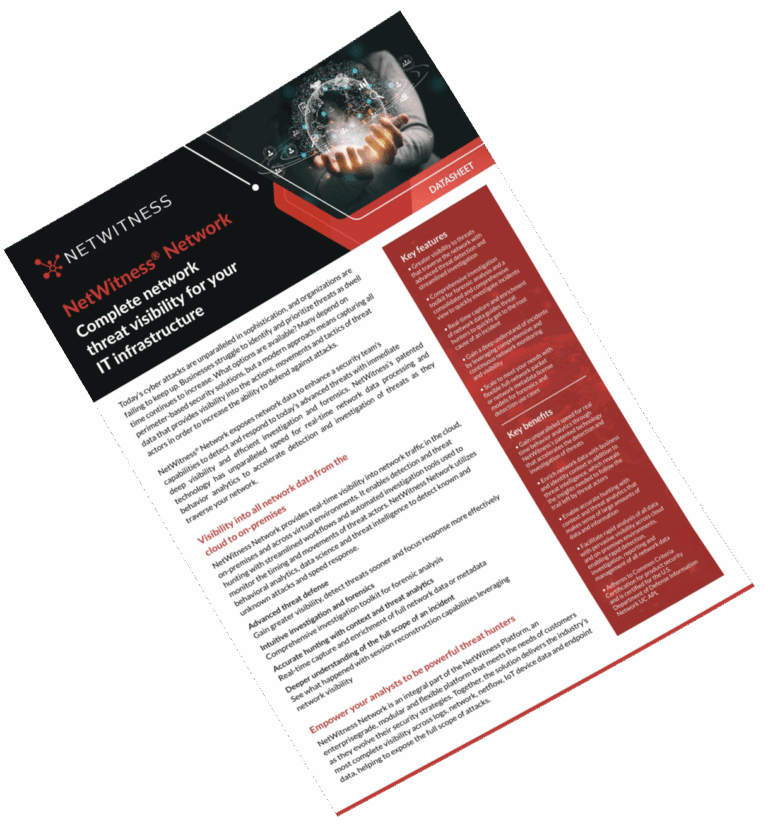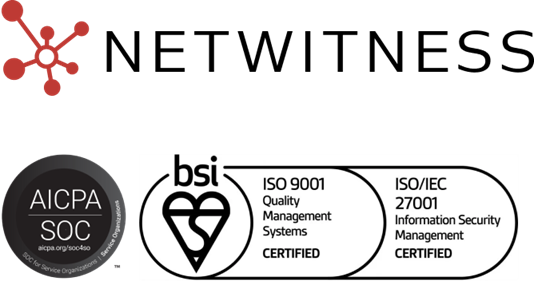Most security breaches leave behind incomplete stories. Your endpoint protection catches malware on workstations, but can’t explain how attackers jumped between systems. Firewall logs show blocked connections, yet miss the subtle movements that define sophisticated attacks. Network forensics bridges this gap by examining conversations between your systems, uncovering the complete narrative of how breaches unfold.
This investigative approach has grown crucial as cybercriminals deploy multi-stage attacks across network segments. Rather than examining isolated devices, network forensics tracks communication flows and data movements to rebuild attack sequences. Security teams gain the comprehensive view they need to understand modern threats, conduct thorough investigations, and strengthen defenses against future incidents.
What is Network Forensics?
Network forensics involves capturing, examining, and interpreting digital communications to investigate security incidents and system behaviors. This field studies data movement between computers, servers, and connected devices to reconstruct events and spot security threats.
Computer forensics traditionally focuses on single devices, but network forensics takes a wider perspective. It examines system interactions throughout your infrastructure. When bad actors compromise several systems, steal confidential data, or maintain ongoing access, their activities create traces in network traffic that investigators can find and study.
The field covers live monitoring and after-the-fact investigation. Security professionals use network forensics to spot active attacks, understand their methods, and collect evidence for court cases. This flexibility makes network forensics a vital part of today’s cybersecurity work.
Network forensics in cyber security handles various essential tasks: responding to incidents, hunting threats, conducting compliance checks, analyzing malware, and catching insider threats. Every use case needs particular methods and tools, yet all depend on studying network communications to understand security events.
How Does Network Forensics Work?
Network forensics follows organized methods that guarantee complete investigations and legally acceptable outcomes. The process usually includes seven main stages that take investigators from first detecting incidents to final reports.
Identification sets the investigation boundaries and decides which network areas need examination. Security teams specify what evidence requires collection and pick suitable network forensics tools based on incident types and available resources.
Preservation protects all important network data from tampering or loss. Investigators make forensically valid copies of packet captures, flow records, and device logs while keeping strict custody chains that guarantee evidence can be used in court.
- Collection gathers information from network infrastructure parts like routers, switches, firewalls, and monitoring systems. This stage needs thorough documentation of all data sources, collection approaches, and timestamps to keep investigation quality intact.
Examination requires detailed study of collected information using specialized pcap analysis tools and network monitoring software. Investigators look for signs of compromise, strange traffic patterns, and suspicious communications that might show malicious activity.
- Analysis explains examination results to understand attack methods, timelines, and business effects. Network forensics analysis connects separate evidence pieces into a clear story that explains how security incidents happened and developed.
Presentation records results in clear, useful reports that both technical and business people can understand. These reports contain evidence summaries, attack reconstructions, and suggestions for better security.
- Response uses investigation results to stop threats, fix weaknesses, and prevent future incidents. This stage makes sure network forensics analysis becomes concrete security improvements.
Why is Network Forensics Important in Cybersecurity?
Network forensics tackles important security problems that standard tools can’t handle well. Today’s cyberattacks often target multiple systems, stay hidden for long periods, and use clever avoidance methods that need complete network visibility to find and understand.
- Advanced Threat Detection helps security teams spot subtle attack patterns that get past signature-based detection systems. Smart attackers use normal network protocols and services to stay hidden, but network forensics exposes these attacks through behavior study and traffic pattern recognition.
- Incident Response Enhancement gives the detailed timeline and method information that incident response teams need for good containment and fixing. Network forensics analysis shows the complete scope of compromise, including systems that other security tools might miss.
- Compliance and Legal Requirements in many fields require network monitoring and analysis abilities. Healthcare organizations need network forensics to investigate HIPAA violations, while banks use it for fraud detection and regulatory compliance.
- Threat Intelligence Generation through network study helps organizations understand attacker methods, tactics, and procedures. This intelligence improves future defense strategies and helps security teams prepare for similar attacks.
- Data Loss Prevention abilities can spot unauthorized data transfers in real-time or during after-incident analysis. Network forensics shows how sensitive information leaves the organization and helps put better data protection controls in place.

Network Forensics Analysis Techniques
Network forensics analysis uses different methods to pull meaningful information from network communications and spot security threats.
- Traffic Flow Analysis looks at communication patterns between systems to find unusual behaviors that might show compromise. This method studies connection frequency, data amounts, timing patterns, and destination features to spot oddities.
- Protocol Analysis involves deep inspection of network protocols to understand how applications communicate and spot protocol abuse or manipulation. Security analysts examine protocol headers, payload content, and communication sequences to catch attack methods.
- Behavioral Analysis creates baselines of normal network activity and finds differences that might show security incidents. This approach works particularly well for catching insider threats and advanced persistent threats that use subtle methods.
- Timeline Reconstruction puts network events together in time order to understand attack progression and methods. This method helps investigators understand how attackers moved through networks and what actions they did.
- Correlation Analysis combines network forensics data with information from other security tools to give complete incident understanding. This method uses SIEM platforms, endpoint detection tools, and threat intelligence feeds.
- Pattern Recognition uses statistical analysis and machine learning methods to find repeating behaviors that show specific attack types or threat actor methods.
See Every Threat, Stop Every Attack
Gain complete visibility across cloud, on-prem, and virtual networks with NetWitness® Network Detection and Response. Detect and investigate threats faster with real-time analytics and forensic-grade session reconstruction.

Network Forensics Tools
Good network forensics tools are made for different parts of network analysis and investigation.
- Packet Capture Tools form the base of most network investigations. Wireshark stays the most widely used PCAP analyzer, giving complete packet inspection abilities for detailed traffic analysis. TCPDump gives command-line packet capture functions, while Arkime offers web-based analysis for large-scale packet inspection across distributed infrastructure.
- PCAP Analysis Tools focus specifically on examining packet capture files efficiently. NetworkMiner works great at pulling files and credentials from captures, while Xplico rebuilds web pages, emails, and application data from network traffic. These specialized pcap analysis tools change raw network data into understandable evidence.
- Full Packet Capture Solutions like NetWitness Platform record complete network conversations for thorough analysis. These enterprise-grade tools capture every byte of network traffic while giving search and analysis abilities that scale to high-volume environments.
- Flow Analysis Tools examine communication patterns without capturing full packet content. SolarWinds NetFlow Traffic Analyzer and ManageEngine NetFlow Analyzer process flow records to find lateral movement patterns, data theft attempts, and bandwidth oddities.
- SIEM and Log Analysis Platforms including Splunk and the ELK Stack process and connect information from multiple network devices. These platforms help investigators find patterns across diverse data sources and integrate network forensics with broader security operations.
- Specialized Forensic Platforms like NetWitness give end-to-end investigation abilities from data collection through report creation. These complete platforms combine multiple analysis methods in unified interfaces made for forensic investigators.
Real-World Applications of Network Forensics
Network forensics proves valuable across many industries and use cases where understanding network communications matters for security and compliance.
- Financial Services organizations use network forensics to investigate fraud, catch money laundering, and respond to data breaches. When suspicious transactions happen, network analysis shows whether attackers accessed customer databases or compromised internal systems.
- Healthcare Systems use network forensics to protect patient data and investigate HIPAA violations. Network analysis helps determine whether medical records got accessed inappropriately or sent to unauthorized recipients, supporting both security and compliance goals.
- Government Agencies use network forensics for national security investigations and protecting classified information from foreign enemies. Network analysis can show sophisticated state-sponsored attacks that use normal protocols to avoid detection.
- Manufacturing Companies use network forensics to investigate industrial spying and protect intellectual property. Network analysis finds whether competitors or foreign governments accessed proprietary designs or manufacturing processes.
- Law Enforcement relies on network forensics to investigate cybercrime, build cases against digital criminals, and support prosecution efforts with technical evidence that shows criminal activity.
Challenges and Best Practices of Network Forensics
Network forensics faces several big challenges that organizations must address to build good investigation abilities.
- Encrypted Traffic Complexity presents the biggest obstacle for network investigators. While encryption protects data privacy and security, it stops traditional deep packet inspection methods. Security teams must develop new approaches using metadata analysis, certificate inspection, and behavioral pattern recognition.
- Scale and Performance Issues come from modern networks creating massive traffic amounts that can overwhelm analysis tools. Organizations need scalable platforms and smart filtering abilities to focus on relevant data without missing critical evidence.
- Cloud Environment Challenges complicate traditional network forensics because network boundaries become fluid and traffic might not go through physical infrastructure that organizations control directly.
- Best Practices for Implementation include creating complete data retention policies, putting in network segmentation for better visibility, training personnel in forensic methods, and integrating network forensics with existing security operations.
- Legal and Regulatory Considerations require organizations to balance investigation needs with privacy protection requirements while making sure network forensics programs follow applicable regulations and industry standards.
- Skill Development stays critical because network forensics demands specialized expertise combining network protocol knowledge with investigative methods and legal evidence handling procedures.
Conclusion
Network forensics has grown from a specialized investigative method into a necessary cybersecurity ability that addresses critical gaps in traditional security approaches. As cyber threats keep growing in complexity and impact, organizations need complete visibility into network communications to catch attacks, investigate incidents, and build good defenses.
The field gives unique insights into how modern attacks happen across network infrastructure, showing attack patterns that other security tools often miss. From real-time threat detection to after-incident analysis, network forensics gives security teams the detailed understanding needed to respond well to cyber threats.
Organizations investing in network forensics abilities position themselves to respond more effectively to security incidents while building the evidence base needed for legal action against attackers. In an increasingly connected world where network-based attacks dominate the threat landscape, network forensics gives the visibility and investigative power that security teams need to protect their organizations successfully. The combination of proper tools, skilled personnel, and structured methods makes network forensics an essential component of modern cybersecurity operations.




